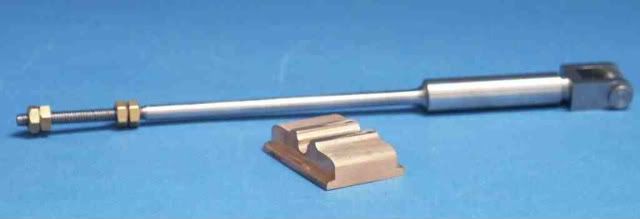Green Twin: Please stop me as soon as you think I am drifting away from the intent of your thread. My comments are usually in response to something I think may be not right, so to open the debate "fills the gaps" in my knowledge - and perhaps other readers' knowledge. Either that or to expound on a parallel or related matter that may broaden the subject. But I can drift away from the main thread so need whipping back into line!
Thanks for your patience.
K2
Thanks for your patience.
K2


























![DreamPlan Home Design and Landscaping Software Free for Windows [PC Download]](https://m.media-amazon.com/images/I/51kvZH2dVLL._SL500_.jpg)


















![MeshMagic 3D Free 3D Modeling Software [Download]](https://m.media-amazon.com/images/I/B1U+p8ewjGS._SL500_.png)














